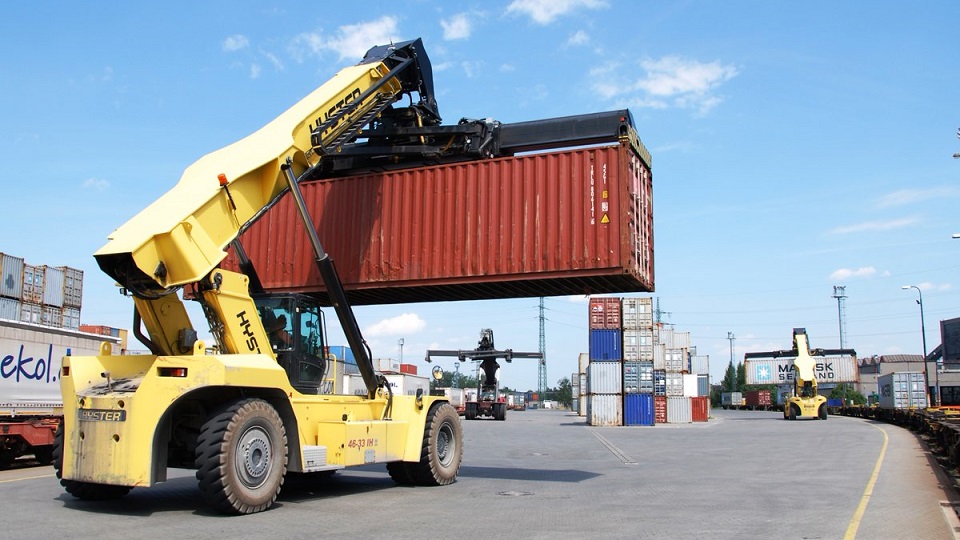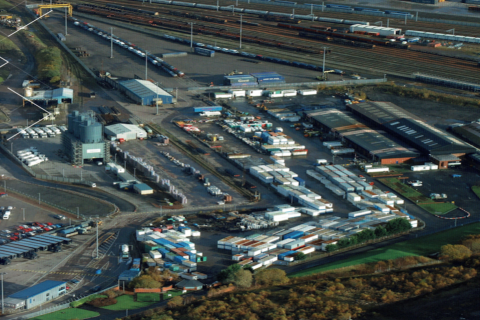Combined transport scores record high growth

During Q2 of 2021, the European combined transport sector scored a +23,43 per cent growth. The growth percentage compares to the same period last year when the first pandemic related lockdowns and restrictions occurred.
High oil prices seem to have played a role in retaining the sector’s customer base acquired during the pandemic. Combined transport finds itself in an upwards trajectory in general, though: for Q1 2021, it scored a 3,17 per cent growth in traffic, while for the whole of 2020, the sector achieved an increase of 6,77 per cent compared to previous years.
Intercontinental intermodal rail makes a difference
Intermodal transport is an integral part of the combined transport sector. The more intermodal transport grows, the more it boosts combined transport. Regional transportation is essential; however, intercontinental cargo transport can make a difference in the sector.
For instance, intercontinental intermodal rail between Europe-China grew by 31 per cent during 2020. This growth is bringing investments and new intermodal terminals in Europe, boosting combined transport and leaving a long-term footprint that is visible now and will continue to be visible in the coming months.
Fit for 55 package positive
As the International Union for Road-Rail Combined Transport (UIRR) underlined, it is still crucial for Europe to create the optimal regulatory environment for combined transport to grow more. The Fit for 55 package is a brave step in this direction, and combined transport already offers a proven solution according to its needs.
“Market players already report 65-70 per cent CO2 emission reductions realised by shifting pure road transport chains to combined transport. By complementing electric rail freight and electrically powered intermodal transhipment with electric trucks on the first and last mile road legs, Zero Carbon Combined Transport can become daily routine within a decade,” said UIRR.
Also read:
- The Fit for 55 package – good news for rail?
- EU combined transport grows, still space for improvements
- Combined transport scores positive results in Q1 of 2021 despite hurdles
You just read one of our premium articles free of charge
Want full access? Take advantage of our exclusive offer





